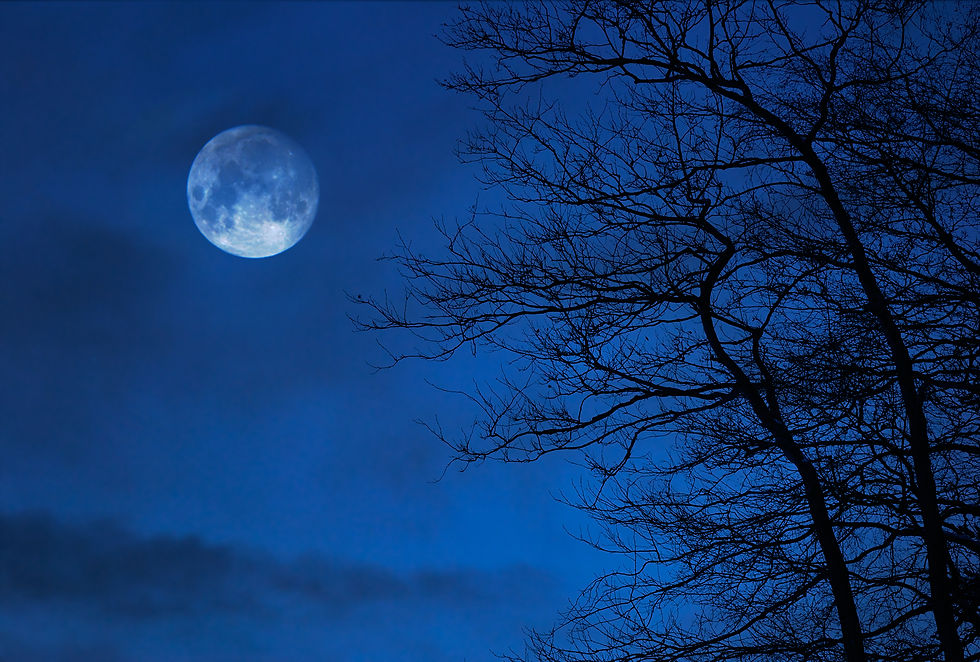The Two Wolves
- Prune Harris

- Oct 9, 2019
- 4 min read
Updated: Nov 3, 2022

When I lived in Canada I worked in the Institute for Integrative Science at Cape Breton University, and worked very closely with Elders of the Mi’kmaq First Nation.
One of the projects we created was a book called ‘My Grandmother’s Words’, which is a selection of stories used as the primary teaching vehicles for child raising. The use of story in all cultures is fundamental to the sharing of wisdom, practical knowledge, and science, and helps us navigate through the vast choices of life.

This story below shows the deep consciousness wisdom inherent in the indigenous worldview. I hope you enjoy it.
It was told to me by Elder Albert Marshall (pictured) and speaks to us all, child or adult alike.
The Two Wolves
“I am sitting with my grandson. He is 12 years old. I have 13 grandchildren and 5 great-grandchildren and I live a rich life. I look at my grandson here beside me. In some ways he lives in a different world from the one that I grew up in.
When I look at him I see hope, I see strength and today I see confusion; it is not always easy for our children who walk on Mother Earth at this time. I think of the stories, of the stories of my people and how the stories and the words gave shape to me as I grew. He sees me watching him and looks at me. ‘Grandfather’, he asks, 'How come there are so many good people out there and then so many other people who are not good, who do not show any compassion or love?' I know this question is from deep within his heart and I think to myself, ‘What message do I convey to this young fellow that will mean something to him?’
So I say, ‘You know son, only humans have this conflict. A rabbit does not have to think about how to act, he knows that he must eat and breathe, stay close to his family, be watchful, sleep. A coyote does not have to think about how to act, she lives with her pack, she hunts, she runs and she plays. A bear does not have to think about how to act, all winter he sleeps in his cave, waking in the spring to walk and climb, eat and swim, before sleeping again the next winter. Animals do not have to think how to act, they feel how they must be, and that is how they live'.
'But humans have to think about how to act. There are two levels of consciousness within them… let’s call them two wolves, one is the good wolf and the other one is the bad wolf. They live inside each of us and are always fighting'.
My grandson understands this, he thinks about it and after a while he says; ‘if they are fighting... who wins?’
So I tell him, 'That is very simple son, the one who wins is the one that you pay attention to more, the one that you feed the most. If you feed the negative wolf all the time that is the one that is going to win, if you feed the positive wolf then that one will overcome all the negative aspects of you, because the one thing that the good wolf has is love. If you do not have love; love for yourself, love for others, love for the earth that you live in, love for the ones who have gone before you and the ones who are yet to come, then you can be defeated at anytime. But if you have this love then the good wolf will never be defeated and like the rabbit, like the coyote, like the bear, you will feel how you must be, and that is how you will live'.
I believe this is a wonderful story.
In respect for the indigenous language of this story and the knowledge that the multi-layered information held within Mi’kmaq, I am also including that version below.
With love, Prune
Pemkopiek nuji’j. Newtiskekipuna’t jel ta’pu. Newtiskeksijik jel ne’sijik nuji’jk aqq nanijik pitu’-nuji’jk aqq weljaqeyi. Ankamk nuji’j toqpiek. Nekm pilu’kaqnik wsitqamuem aqq ta’n telkaqnikip ni’n nutqweyanek. Ta’n tujiw ankamk nemitu ajipjutaqn, mlkikno’ti aqq kiskuk nemitu sespeta’sit; metu’kaqnik wsitqamu ta’n eymu’tijik knijjanaq kiskuk. Ankite’tman a’tukwaqnn wjit kikmanaqi’k aqq ta’n teli-ila’kwenuksi’kl ula a’tukwaqnn wejkwikweyanek. Mikwamit iloqamk na ankamit.
Pipanimit “Kujjinu, tal-kis-tla’sik pikwelkik eymu’tijik menaqaj telo’ltijik wenik ula wsitqamu’k aqq app pilue’k mu nestuo’lti’k, aqq mu ewlite’taqati’k aqq kesala’tikik wikmawaq?” Kejitu wkamlamunk wejiaq ula pipanikesit na ankita’si ta’n tlimates. Ankite’tm ta’n tl-kinua’tuaq ula mijua’ji’j ta’n nsittew.
Na telimk,
“Kwi’s mimajuinu’k na pasik telo’ltijik .
Mu apli’kmuj ankite’tmuk ta’n tle’tew, kejitoq amujpa ketaqma’sit aqq kamlamit, kejitoq amujpa kelamajik wunijink, jiko’teket aqq ketaqma’sit.
Mu Coyote ankite’tmuk ta’n tle’tew, kejitoq amujpa tekweywajik wikmaq, ketanteket, altukwi’k aqq papit.
Mu muin ankite’tmuk ta’n tle’tew, kesik nepat tujiw siwkw tukiet aji-ala’sin, alkusuen, mijisin aqq tkismin ke’sk mna’q app nepaq kesik ika’q.
Waisisk mu ankite’tmuk ta’n tlo’ltitaq, kejitu’tij ta’n tla’taqatitaq aqq ta’n tl-mimajultitaq.
Na’sik mimajuinu’k amujpa ankite’tmi’tij ta’n ketu’ tla’taqatijik. E’tasiw ala’tu’kl tapu’kl ankita’suaqnn…. tli-ankite’te’n staqa tapusijik paqtismk, newte’jit Paqtism menaqajewe’k aqq ktik Paqtism mu nestueyuk. Kitk ala’lu’kik aqq te’sikiskik matntijik.”
Nuji’j ankite’tk ta’n kis-tlimk, tujiw klapis pipanimit;
“Ta’n tujiw paqtismk matnti’tij … teken kespu’tuet?”
Na telimk, “Naqamasiaq nekmewey kwi’s, kespu’tuet ta’n teken maliamt, ta’n teken mawi-eplew-smt. Maliamj pasik mu nestue’te’w paqtism na nekm ksipu’tuetew, maliamj pasik menaqajewe’te’w paqtism na wisuiknettew koqoey mu kelu’ktnuk etek kkamlamunk, mita menaqajewe’te’w Paqtism waju’et ksalsuti.
Mu ala’tu’n ksalsuti, mu ksalsiwun, mu ksalawj kikma’j aqq mu ksatmu’n wsitqamu ta’n eymu’ti’k aqq mu ksalawj kniskamijinaqi’k aqq ta’nik wejkwita’jik na kis-wiswiknemuksitisk. Katu ala’tu’n ksalsuti na menaqajewe’te’w paqtism ma’ elam wisuiknemat aqq staqa apli’kmuj, coyote aqq muin kjijitesk ta’n nuta’q tla’teken aqq na tle’tesk.”
Telte’tm na wel-kina’muek ula a’tukwaqn.



